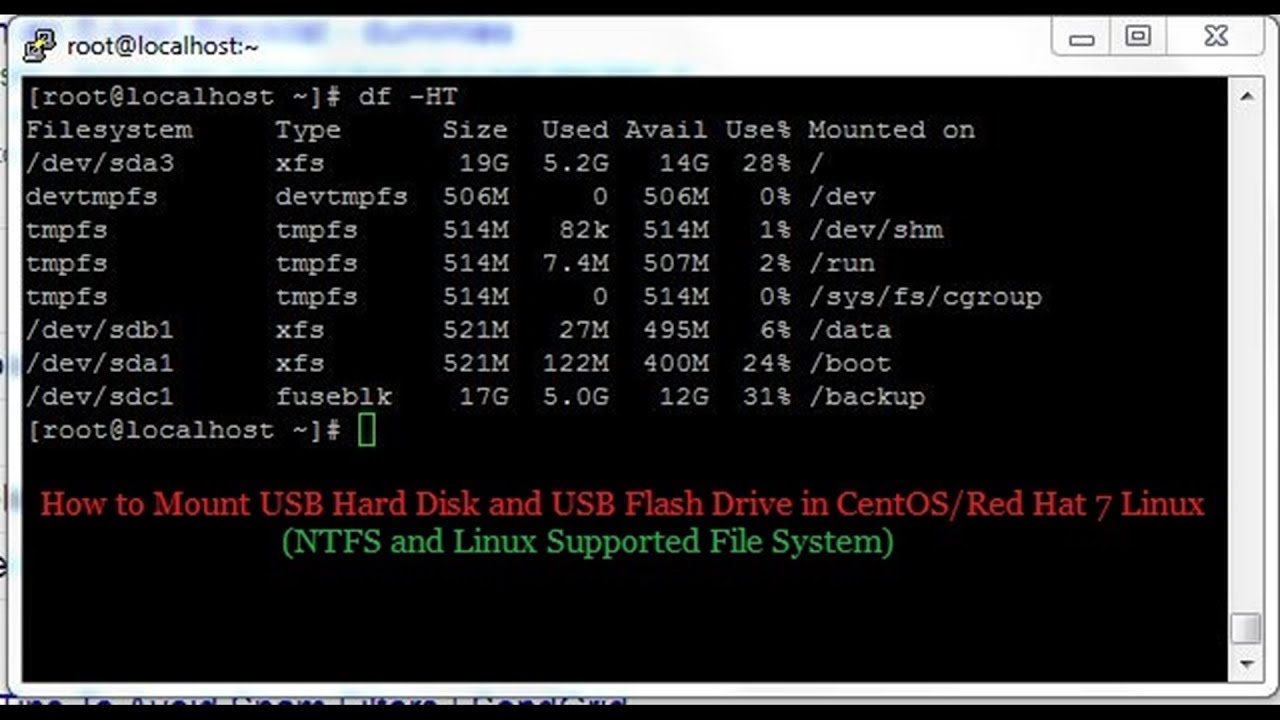

Open the start menu and access the hard disk or the USB flash drive you want to format. Note: next time, when you got accustomed to do this activity, you will be able to do formatting without a LiveCD. Once a USB bootable is ready, continue to Step 1.īoot up your Ubuntu bootable USB.

If you do not have Ubuntu, you can download one here. If you have a GNU/Linux computer, learn here. To do so, if you have a Windows computer, learn here.

If you don't do that, you cannot blame others if there is a mistake in your disk partitioning activity and you might loss all your data.Ĭreate a USB bootable medium with Ubuntu operating system on it. Is your storage (hard disk, SSD, USB flash drive) already containing your working operating system? If it is, you must make backup of your data properly. This is also why this tutorial exists to inform you how to format your hard disk as GUID Partition Table or GPT. This is why if your computer is UEFI, your storage (hard disk, USB flash drive, SSD) should be GPT, before you install your operating system(s) on it. Speaking simply, BIOS Legacy→MBR while UEFI→GPT. Subscribe to UbuntuBuzz Telegram Channel to get article updates.įor operating system installation activities today, there is a formula, saying more or less, MBR storage for BIOS Legacy computer and GPT storage for UEFI computer. You can read this before installing a GNU/Linux distribution to your modern PC and laptop. Then the bootloader could throw an exception, as it would normally expect the Ubuntu installation files to be present onto this device.This simple tutorial will explain how you can prepare a hard disk or a USB flash drive with GUID Partition Table (GPT) technology for the purpose of operating system installation on UEFI computer. So if you want to use the USB device as normal data storage again, you should also clear up these first 512 Bytes, as the bootloader from the USB could be loaded otherwise when leaving the device plugged in at reboot. When booting up your computer, there is small memory ROM that contains a bootloader, that is looking up for devices containing a MBR at the first 512 bytes, that will be executed and load the OS (or in your case the first steps of the Ubuntu installation process). Bits at a normal CD-ROM will really be "burned" in as the reflection capacity will be permanently changed when creating a CD. The USB device is a flash device, where bits are stored non-volatile, but eraseable and changeable. GParted should be able to do this for you. You can use it normally, just be sure you have cleaned up the MBR for the case you leave the device plugged in at restart (when USB boot is still enabled).Įasiest is to format the whole partition (or use a partition manager to clean up the whole device).


 0 kommentar(er)
0 kommentar(er)
